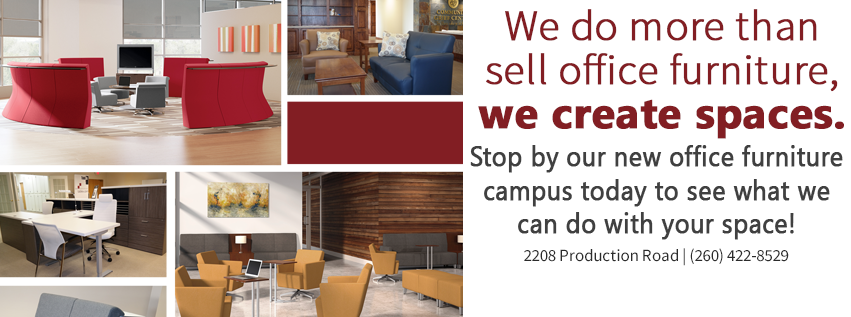Bad posture can lead to lower back problems that cost thousands of dollars to treat. For an individual, that’s a lot of money. For a company, that’s a lot of health claims and productivity lost.
The good thing is, you can fix bad posture with a few simple things around the office to take advantage of ergonomy at work.
Ergonomics is the practice of workplace posture to increase health and productivity. It sounds complicated, but it’s not. And it can save your company money. Here are a few tips on how your company can create and ergonomic office setup that will get results.
What is Proper Posture?
Proper posture isn’t hard to achieve. Yes, it may take a little practice, but soon you’ll see employees sitting up straighter and feeling better at the end of the day.
Proper posture includes sitting with your back straight and your shoulders relaxed. Your thighs should be as close to horizontal as possible to the floor and your feet should be firm and flat. Also, your elbows should be close to 90 degrees as you type or write at a desk so that your arms are level with the desktop.
Now that you know what makes good posture, here are some ways to achieve great ergonomy at work.
Check Your Chairs
The first thing to consider when practicing ergonomy at work is your chairs. If your employees aren’t sitting in comfortable, productive positions, they can get fatigued.
Look for chairs with adjustable heights. This way, anyone can use any chair that’s available and stay comfortable. Chairs should also have armrests and good back support.
Above anything else, an ergonomic chair is a must for proper posture.
Check Your Computer Monitor
This may seem odd, but the angle you look at your computer monitor can have a big impact on your posture. If it’s not correct, you can experience fatigue in your back and neck. A monitor should be about 20 inches in front of you and tilted at a 10 to 20-degree angle away from horizontal. The top of the monitor should be at or just below eye level.
Use an Ergonomic Keyboard
There are “ergonomic” keyboards designed to help limit carpal tunnel and other repetitive-motion injuries and fatigue. These peripherals look a little different than your average keyboard, but they do wonders for productivity and comfort. Whether you use ergonomic devices or not, there are still rules to follow. Place the keyboard so your elbows are at your side rather than resting on the desk and it should be tilted away from you. This will keep your wrists from resting on the desk.
Ergonomy at Work is an Ongoing Process
Once you implement these major changes, you should see productivity increase and fatigue fade away. But there’s always more you can do. Keep looking for ways to improve your employee’s comfort and you will be rewarded!
To find out more about ergonomy at work and to see what you need to implement a plan, contact us at any time.
